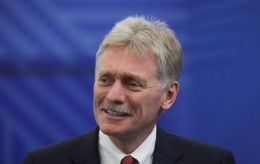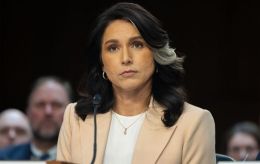Ukrainian forces advancing again? What’s happening in Kursk region after five months of operation (Maps)
 Photo: Ukrainian soldiers unexpectedly attacked Russian positions in the Kursk region (Getty Images)
Photo: Ukrainian soldiers unexpectedly attacked Russian positions in the Kursk region (Getty Images)
Five months after the start of the operation, Ukraine's Defense Forces have intensified combat operations in the Kursk region. They launched a surprise attack in several directions. Russian officials claim that the Ukrainian Armed Forces have initiated a "new offensive" in the area. Meanwhile, Ukrainian officials have barely commented on the situation.
What is currently known about the situation in the Kursk direction and what goals the Ukrainian Armed Forces might have — this is what RBC-Ukraine has compiled in the article below.
Contents:
- New offensive by the Ukrainian forces? What's happening in the Kursk region
- What is known from official statements
- What might be Ukraine's goals: Expert opinions
New offensive by the Ukrainian forces? What's happening in the Kursk region
On January 5, Russian military correspondents were the first to report on what they described as a "major offensive" by Ukrainian forces in the Kursk region. They claimed that the Ukrainian Armed Forces had focused their main efforts on the Berdin and Velikoye Soldatskoye settlements. These settlements are located north of Sudzhia, 20 and 25 kilometers from the Ukrainian border, respectively.
According to publications by Russian channels, the offensive involved mechanized columns. Russians also reported attacks in two other areas. These were near the border south of the settlement of Glushkovo and in the region of the second controlled Ukrainian foothold in the southwest of the region, near Tyotkino.

Photo: Analysts say Ukrainian troops attacked in three directions in the Kursk region (radiosvoboda.org)
The Russian Ministry of Defense referred to the actions of the Ukrainian army as a "counterattack," claiming that the Ukrainian assault group had supposedly been defeated.
However, an OSINT analyst with the nickname Def Mon analyzed that, on the first day of the new offensive, Ukrainian forces managed to advance 2.7 kilometers into Russian territory. It remains unclear whether Ukraine was able to consolidate its positions.
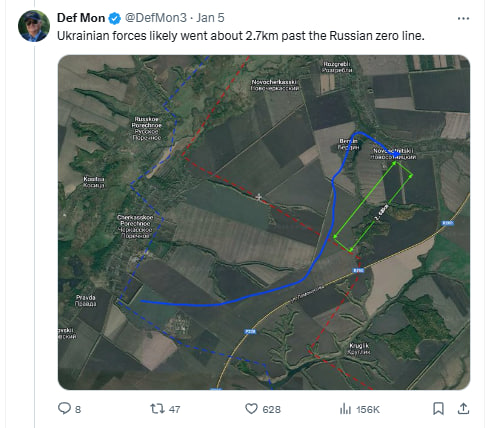
Photo: Ukrainian troops allegedly advanced 2.7 km into Russia (x.com/DefMon3)
Meanwhile, publishing a map, the Institute for the Study of War (ISW) suggests that Ukrainian forces achieved tactical success.
Geolocation footage released on January 5 and 6 showed that Ukrainian forces advanced in the southern part of Berdin, the central part of Russkoye Porechnoye, and the central part of Novosotnitsky (all of which are located northeast of Sudzha).

Photo: According to ISW analysts, the Ukrainian Armed Forces' offensive in the Kursk region continues, and Ukraine is making tactical gains (understandingwar.org)
Moreover, according to ISW's analysis, on Sunday, Ukraine intensified its offensive in at least two other areas of the main foothold in the Kursk region: near Nikolskoye and Alexandria (north of Malaya Loknya) and north of Russian Konopelka (east of Sudzhia).
The Ukrainian project DeepState reported on January 5 that, alongside the assault operations of the Defense Forces, the enemy was advancing toward Malaya Loknya, Sverdlikove, and Leonidivka. The following day, analysts updated the Kursk region's combat actions map.
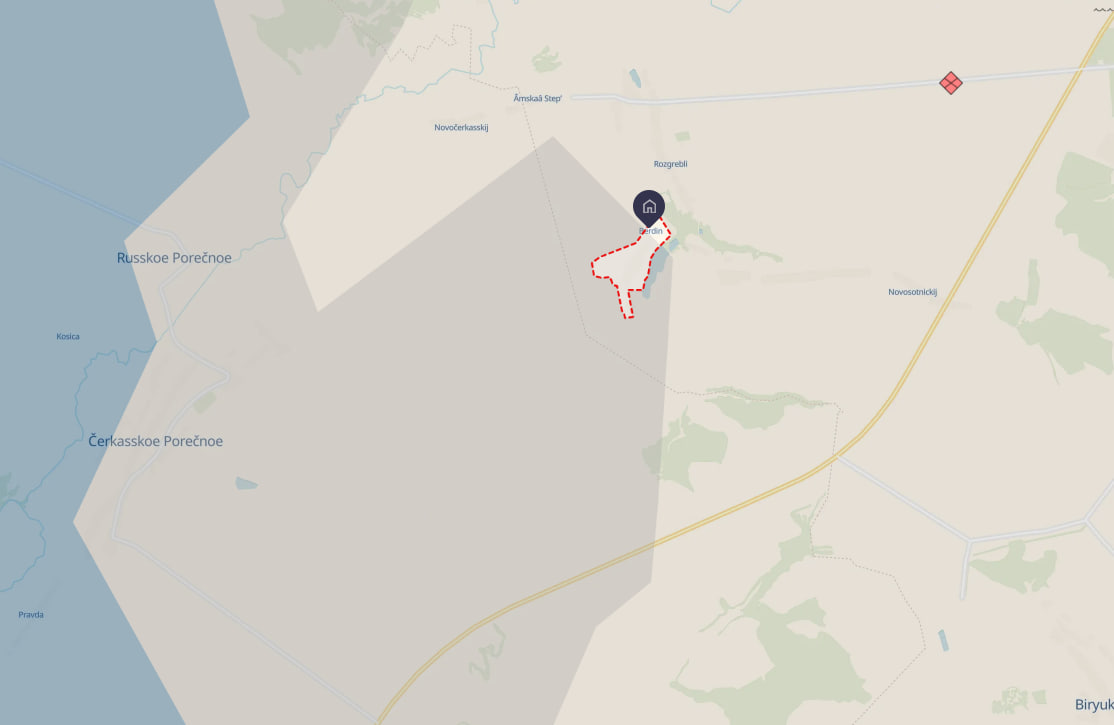
Photo: The frontline could have shifted to the village of Berdin (deepstatemap.live)
According to their data, the front line and the "gray zone" shifted about 3 kilometers toward Berdin. However, the territory remains disputed, with no confirmed Ukrainian control.
Ukrainian sources traditionally provide restrained commentary on the actions of the Armed Forces. However, if we look at the daily summaries from the Ukrainian General Staff, it is evident that most combat clashes in one day occurred in the Kursk region. For example, on January 6, of the 218 clashes across all directions, 94 occurred specifically in this region.
Thus, it is clear that the dynamics of combat actions in the Kursk region are the most intense, as pointed out in a comment to RBC-Ukraine by the former spokesperson for the Ukrainian General Staff, military expert Vladyslav Seleznov.
What is known from official statements
According to Andrii Kovalenko, the head of the Center for Countering Disinformation, the situation in the Kursk region is causing significant concern among the Russians, as they were attacked on several fronts unexpectedly.
Amid reports about the events in the Kursk region on January 5, the Head of the President's Office, Andriy Yermak, posted a message that likely hinted at the intensification of Ukrainian activity in the area.
"Kursk region, good news, Russia is getting what it deserves," he wrote on his Telegram channel.
Meanwhile, Ruslan Muzychuk, spokesperson for the National Guard, said during a telethon that the Ukrainian operation in the Kursk region and other units is "aimed at creating unfavorable conditions for enemy forces deployed in this direction and disrupting their logistics."
According to him, this is affecting not only northern Kharkiv and the border with Sumy but also other fronts. This is because the enemy was forced to redeploy its units from southern fronts and other directions to reinforce their group in the Kursk region.
"And now we see the activity of our Armed Forces. It is aimed at holding this section and maintaining the initiative here," added Muzychuk.
What might be Ukraine's goals: Expert opinions
Russian military officials complained that "the target of the Ukrainian Armed Forces’ offensive is Kursk and the nuclear power plant near the city of Kurchatov." However, in late October, President Volodymyr Zelenskyy stated that Ukraine could seize the Kursk nuclear power plant but had no intention of doing so.
According to Seleznov, the city of Kursk is not the target of Ukrainian forces.
"From time to time, certain Russian individuals suggest this. But for now, it is impossible. To carry out this task, several hundred thousand personnel would be needed. Clearly, we do not have such resources in the Kursk region. Therefore, talking about the possibility of advancing toward Kursk or even the Kursk nuclear power plant, in my opinion, is not worth it," Seleznov explained.
In a comment to RBC-Ukraine's YouTube channel, Ivan Stupak, a military expert and former Security Service of Ukraine employee, suggested that the Kursk region’s Ukrainian offensive has two objectives: 30% military and 70% political.
Regarding the military component, Stupak said it could be another attempt by Ukraine to divert Russian attention from the eastern front, forcing them to shift some of their forces from areas like Pokrovsk and Kurakhove to Kursk. In other words, it creates another major point of tension.
"70% of the political component is to remind that we can do this again, to show that the Russian authorities are weak. Perhaps it is also an attempt to create tension in Russian society and generate a certain number of internally displaced persons," Stupak speculated.
Notably, US Secretary of State Antony Blinken recently pointed out the importance of Ukraine's position in the Kursk region for future negotiations.
"Their position in Kursk is important because it's certainly something that would factor in any negotiation that may come about in the coming year," Blinken emphasized.
Political scientist Ihor Reiterovych does not rule out that the situation in the Kursk region could have certain prospects for Donald Trump. Reiterovych said the US president-elect might offer Russia a "deal."
"Look, Ukraine will make a gesture of goodwill; it will leave the Kursk region, but we want a gesture of goodwill from you too. I give you this: what do you give me? What do you give to Ukraine? This is Trump's logic. It's very simple. And perhaps that’s why they are holding back from making such comments," said Reiterovych in a comment to RBC-Ukraine’s YouTube channel.
As a reminder, Ukrainian operations in the Kursk region began on August 6 last year. Since then, the Russians have been attempting to regain control over the area. According to RBC-Ukraine sources, the Kremlin set a deadline for the complete expulsion of Ukrainian forces by March 1.
However, while the Russian army, including North Korean troops, managed to retake part of the territory, Ukrainian forces still control 481.94 square kilometers of the Kursk region (another 166.77 square kilometers are in the "gray zone").
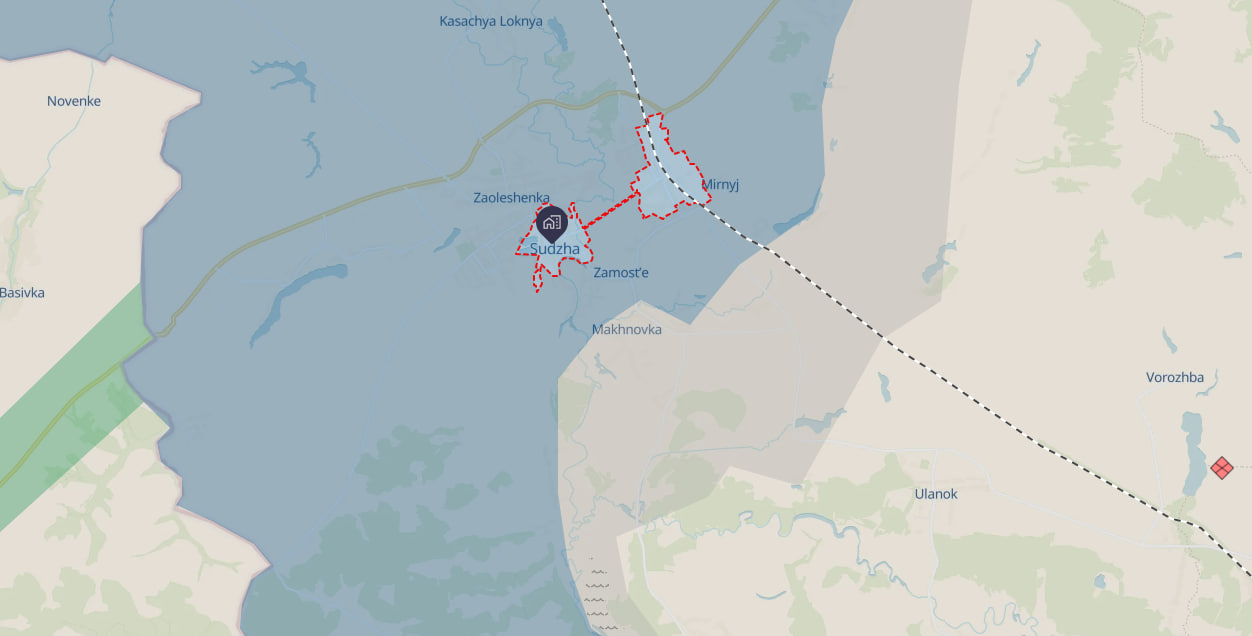
Photo: Map of the Ukrainian Armed Forces operation in the Kursk region (deepstatemap.live)
President Volodymyr Zelenskyy stated that, exactly five months after the operation began, Ukraine still maintains a buffer zone on Russian territory. Over the course of the Kursk operation, the enemy has already lost more than 38,000 soldiers in the region, with around 15,000 of them permanently.
Meanwhile, the General Staff of the Ukrainian Armed Forces emphasized that the Kursk operation also aimed to prevent an enemy offensive in the Sumy region.
Furthermore, Moscow was forced to urgently seek help from Pyongyang, which sent almost 12,000 soldiers to Russia. About 4,000 of them have already been eliminated, and some of the units have lost their combat readiness.
The operation also forced the Russians to redeploy significant resources to the Kursk region, weakening their positions on other fronts. The Russian forces brought some of their most battle-ready units from airborne troops, naval infantry, and special forces.
Moreover, during the operation in Kursk, Ukrainian forces captured 860 Russian soldiers, significantly boosting the prisoner exchange fund. This allowed for the return of hundreds of Ukrainian defenders who had been held in Russian prisons.
Sources: statements from the head of the Center for Countering Disinformation, Andrii Kovalenko; the head of the President's Office, Andriy Yermak; spokesperson for the National Guard of Ukraine, Ruslan Muzychuk; President Volodymyr Zelenskyy; reports from the General Staff of the Ukrainian Armed Forces; the report and maps from the American Institute for the Study of War (ISW); DeepState maps; the Agency Telegram channel, as well as exclusive comments from experts for RBC-Ukraine.
